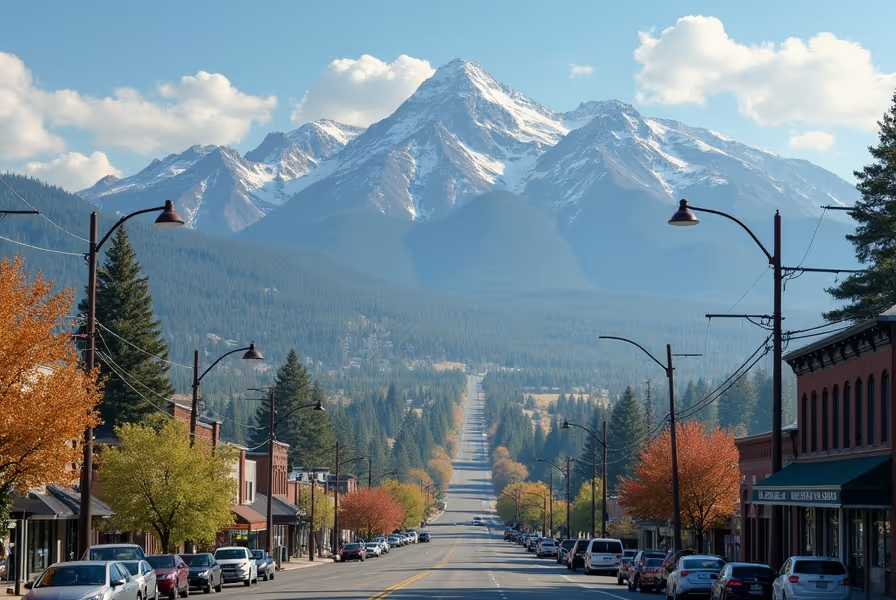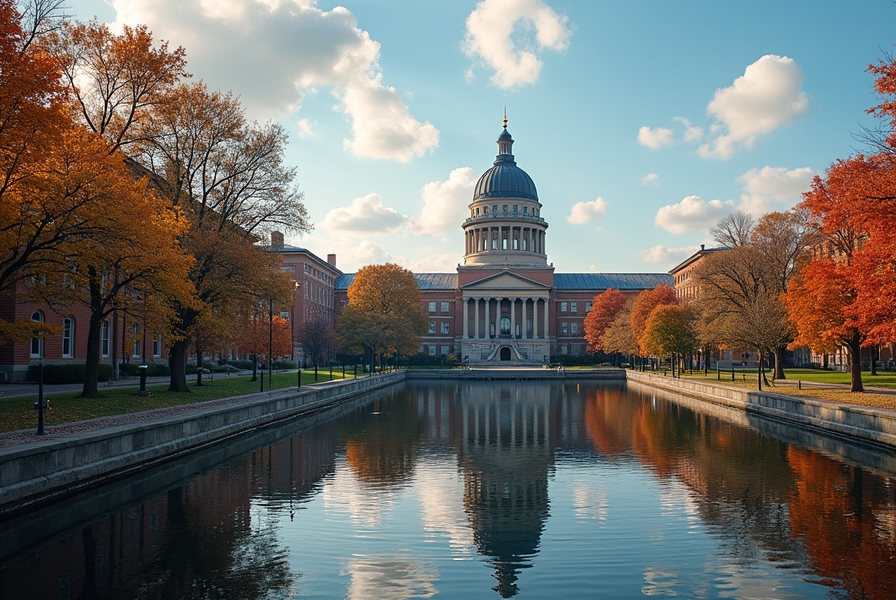Understanding Montana’s Urban Growth and Population Trends
Montana is known for its breathtaking landscapes, wide-open spaces, and small-town charm. However, several of its cities have been steadily growing in population and economic activity. Understanding the largest cities in Montana and how they are evolving is key whether you’re looking to relocate, invest, or just learn more about this beautiful state.
What Are the Largest Cities in Montana by Population?
Montana may have a rural reputation, but some of its urban areas are flourishing. According to the most recent U.S. Census and local data, here are the most populous cities in Montana:
- Billings – Approximately 120,000 residents
- Missoula – Around 78,000 residents
- Great Falls – Nearly 60,000 residents
- Bozeman – About 57,000 residents
- Butte – Close to 34,000 residents
- Helena – Roughly 33,000 residents
- Kalispell – Over 26,000 residents
Each of these cities offers a unique blend of opportunities, lifestyle, and demographic trends. From college towns like Bozeman to industry-driven areas like Billings, Montana’s urban centers are diverse and dynamic.
Major Population Growth Trends in Montana
Montana has experienced steady population increases, particularly in its western cities. The key reasons are:
- Strong job markets in healthcare, tech, and education
- High quality of life with access to outdoor recreation
- Lower cost of living compared to coastal urban centers
- Growing remote work opportunities allowing relocations
Bozeman has been one of the fastest-growing cities in Montana. Its proximity to Yellowstone National Park and a range of outdoor activities has made it especially popular with younger families and remote workers.
Billings: Montana’s Largest and Most Economically Diverse City
Billings is the economic powerhouse of Montana. With over 120,000 people, it leads in business growth, healthcare, and logistics. Billings benefits from a central location and serves as a transportation hub in the northern Rockies.
The Billings real estate market is also seeing steady demand. This growth is driven by increased employment, investment, and migration from other states.
Missoula: A Vibrant University City with Steady Growth
Home to the University of Montana, Missoula has a young, dynamic population. Its population growth has been fueled by education, startup culture, and tourism. Missoula also boasts a rich arts scene and commitment to sustainability, attracting individuals looking for an environmentally progressive community.
Missoula’s growing job market includes positions in higher education, medical services, and outdoor retail industries. As the second-largest city in the state, it serves as a cultural and economic gateway to western Montana.
Why Is Bozeman Growing So Fast?
Bozeman is the fastest-growing city in Montana for several key reasons:
- Home to Montana State University, drawing students and staff from all over
- Proximity to national parks and outdoor recreation makes it a lifestyle destination
- Strong tech sector and research institutions
- Surge in remote workers seeking high quality of life
Bozeman’s population growth outpaces state and national averages. As its infrastructure develops, it continues to attract both young professionals and retirees.
How Do Smaller Cities Like Helena and Kalispell Contribute to Statewide Growth?
Although smaller in population, cities like Helena and Kalispell have seen notable expansion. Helena, the state capital, retains a strong government and administrative presence. Kalispell thrives as a hub for tourism and the gateway to Glacier National Park.
Their roles in state government, education, and tourism put them on the map for steady, sustained development. These cities offer the Montana lifestyle with a pace that appeals to families and professionals alike.
What’s Driving the Population Increases in Montana’s Cities?
Population changes in Montana’s largest cities are influenced by several converging factors:
- In-Migration: People relocating from larger states like California, Washington, and Colorado
- Economic Expansion: Growth in industries such as tech, healthcare, education, and energy
- Remote Work: Flexibility has allowed more people to live in smaller cities and enjoy Montana’s lifestyle
- Tourism: Seasonal visitors often become full-time residents, especially in places like Bozeman or Missoula
These changes reflect a broader national trend of population shifts from larger urban areas to midsize and smaller cities with better quality of life and affordability.
Related FAQs on Montana City Populations
Is Montana’s population expected to keep growing?
Yes. Current projections suggest that Montana’s population will continue to grow over the next decade, primarily in urban areas and around educational institutions and recreation hubs.
Which city in Montana is growing fastest?
Bozeman tops the list for fastest population growth, fueled by jobs, university presence, and outdoor amenities.
Is it expensive to live in one of Montana’s biggest cities?
It depends on the city. Bozeman and Missoula have higher housing costs. Billings offers more affordable options. Montana’s cost of living is generally lower than the national average, but rising demand is impacting housing affordability.
Are Montana cities good for remote workers?
Yes. Many of Montana’s largest cities have made significant investments in high-speed internet, coworking spaces, and quality of life features that attract remote workers from across the U.S.
What This Means if You're Considering Moving to Montana
Montana offers a unique combination of small-town feel and emerging urban growth. Whether you’re looking at Billings for business opportunities, Bozeman for lifestyle and education, or other cities for a quiet, scenic life, Montana’s urban landscape is evolving to meet a variety of needs.
Growth patterns suggest continued investment in infrastructure, housing, and job creation. You may find opportunity, community, and connection in cities that blend the historic with the modern.
Key Takeaways About Montana’s Largest Cities and Urban Growth
- Billings remains Montana’s largest and most economically diverse city
- Bozeman is the fastest-growing due to lifestyle appeal and remote work trends
- Missoula thrives due to education, culture, and sustainability initiatives
- Smaller cities like Helena and Kalispell play vital roles in population and economic trends
- Montana’s population will likely continue to grow, especially in urban centers
Tracking population trends in Montana helps you make informed decisions—whether you’re planning a move, investing in property, or exploring business opportunities. The state's urban centers are vibrant, growing, and ready for the future.











.svg)



